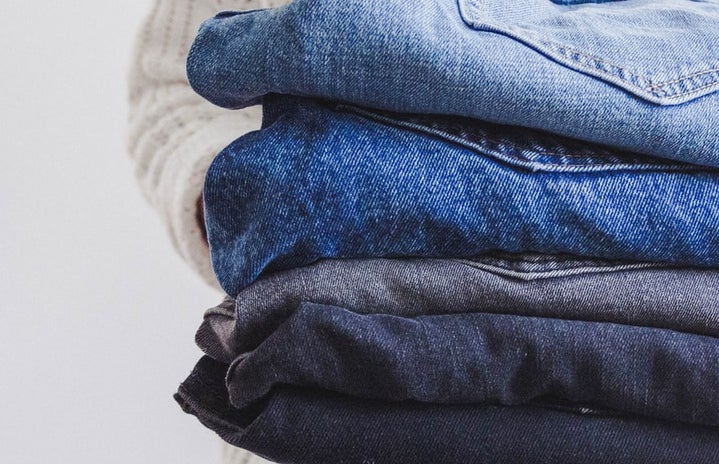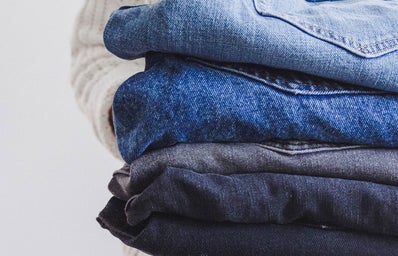Let’s face it. Most of us mindlessly consume content, whether that be in the form of TikTok, scrolling through the Instagram explore page, or pinning photos on Pinterest for inspiration. Much of what we see on these apps, whether we realize it or not, infiltrates our lives in the form of our music taste, style, or catchphrases we use. In the realm of fashion, a new concept has popped up in recent years: micro trend. Micro trend, by definition according to TechTarget, is “the tendency in the direction of some phenomenon that is fairly pervasive within a given sphere of influence and may only last for a few years, or even months.”
Fashion trends, in general, have been around for hundreds of years. In ancient civilizations, women often wanted to wear similar styles to the women around them to fit with the general style of outfits, so the idea of a trend is not a new one. A current example of a trend that has impacted fashion but is not a micro trend, would be the transition from skinny jeans to baggy jeans. While in a few years, the baggy jean style may fizzle out, I think we can agree that for the most part, this was a widespread trend that stuck around.
A micro trend, however, is something that grips the public for a short amount of time and often ends up being replaced by the next thing. Two examples that come to mind are jersey style shirts and crochet pieces.
The problem is not simply a person wearing an article of clothing that aligns with a current micro trend. The issue at hand is large fast-fashion companies trying to replicate the originality of the pieces that people want. When I’m browsing through racks of clothes at my local thrift store, I constantly find myself coming across articles of clothing that previously trended on TikTok for a month or two. Admittedly, I will find myself looking at the brand and the majority of the time, the piece came from a fast fashion brand.
I feel like when a micro trend first comes about, part of the allure is going to thrift or consignment stores and finding an authentic version of the piece. I know for me, when the jersey trend was popular, I was always thrilled to see a cool jersey in Goodwill or Salvation Army. But now, big brands are mass-producing these products.
The last time I went to Urban Outfitters, I saw BDG (Urban’s brand) jerseys, which I believe completely takes away from the originality of the sports jerseys themselves. The same thing happened with the ‘Brazil’ baby tee micro trend. Shein, Temu and other fast fashion brands started replicating this style of t-shirt, which I think is steadily lowering the quality of the pieces as these brands had to keep producing them to keep up with the demand.
This is not to say that every person who participates in a micro trend is wrong or just throws away their clothes when they consider it out of style. Some micro trends stick around.
TikTok and Instagram are two large sources for cultivating our fashion sense, and there is no denying that. I feel like the damage is only done when large businesses begin replicating the original trend by an exponential amount. On a much larger scale, the implications of these micro-fashion trends on the environment are vast. According to Time Magazine, Shein produces 6.3 million tons of carbon dioxide a year, which is truly an unfathomable amount.
In order to combat these impacts of fast fashion companies trying to keep up with micro fashion trends, we must not succumb to the ‘easy’ way of finding the piece of clothing you want. There is beauty in finding an authentic piece, and if enough of us hold ourselves to this, fast fashion trend production may decrease and there will be less waste.

